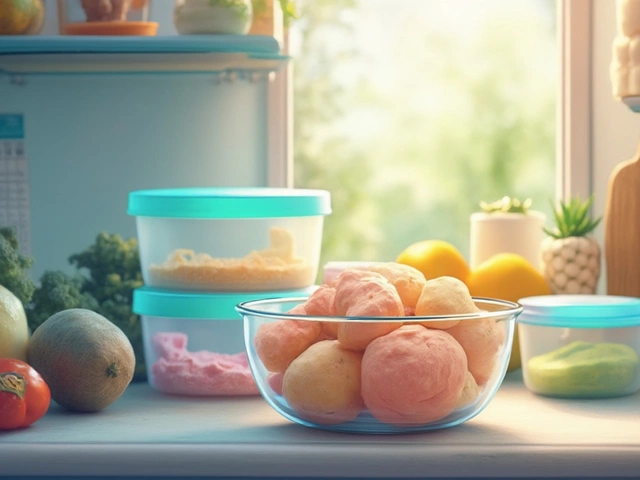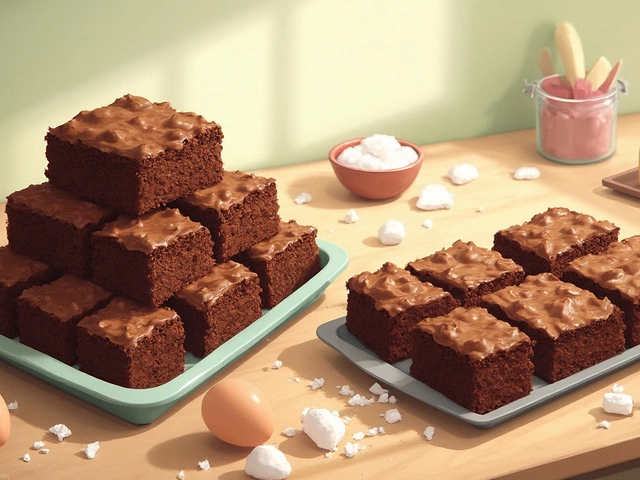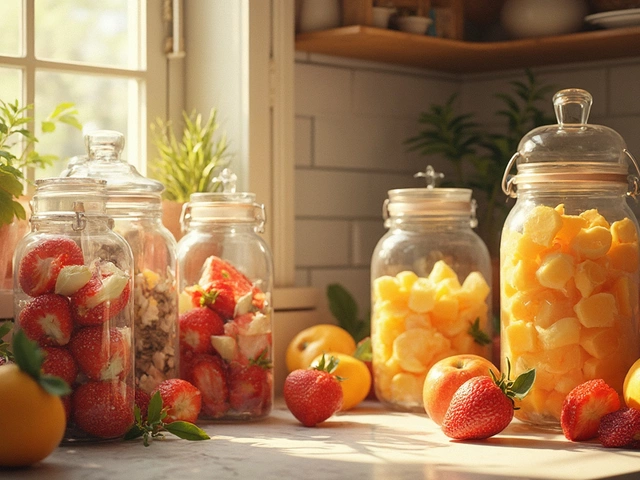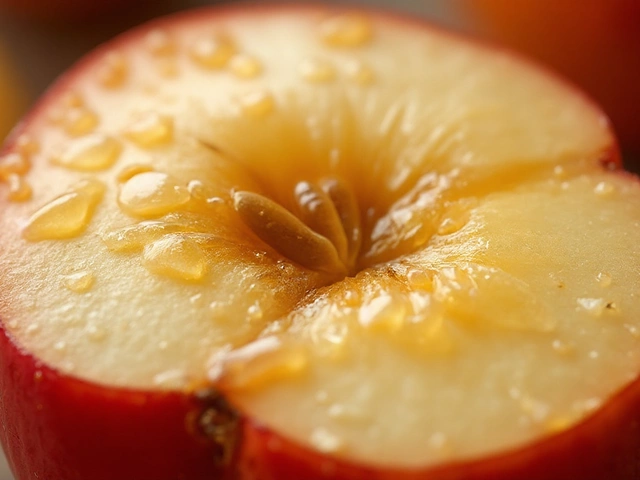Egg Yolk Tips: Make Every Dessert Shine
If you love sweets, you’ve probably heard that egg yolks are a game‑changer. They add silkiness, richness, and body to everything from custards to buttercream. But many home bakers aren’t sure how to handle them without mess or waste. This guide gives you the basics, a few smart shortcuts, and ideas for using yolks in the recipes you already love.
Why Egg Yolks Matter
Egg yolks are packed with fat, protein, and emulsifiers. That means they bind liquids and fat together, creating a smooth texture that pure butter or cream alone can’t achieve. In custards, the yolk’s proteins thicken the mixture when gently heated, giving you that velvety bite you crave. In frosting, the lecithin in yolks helps oil and water blend, so your buttercream stays glossy instead of grainy.
One common mistake is overheating yolks. If the temperature climbs above 170°F (77°C) too fast, the proteins tighten and you end up with a curdled mess. The trick is to use a low heat and stir constantly, or use a double boiler for extra control. This simple habit turns a potential disaster into a flawless custard every time.
Easy Egg Yolk Tricks for Any Recipe
1. Boost Cake Moisture – Add one extra yolk to a standard cake batter. The extra fat keeps the crumb tender, especially in gluten‑free or low‑sugar versions where moisture can be an issue.
2. Make Rich Buttercream – Swap out a quarter of the butter for an extra yolk. Whisk the yolk with powdered sugar before adding softened butter. You’ll get a glossy, buttery frosting that stays soft even on warm days.
3. Quick Custard Shortcut – Instead of whisking yolks straight into hot milk, temper them. Slowly drizzle a spoonful of warm milk into the yolks while whisking, then pour the mixture back. This avoids curdling and speeds up the process.
4. Egg‑less Fixes – When a recipe calls for yolks but you’re out, use a mix of 1 tbsp mayonnaise and 1 tsp milk per missing yolk. It mimics the fat and emulsifying power without altering flavor much.
5. Store Leftover Yolks – If you separate whites for meringues, keep yolks in a sealed container with a splash of cold water. They’ll stay fresh in the fridge for up to two days, and the water prevents them from drying out.
Now that you’ve got the basics, try a simple yolk‑rich recipe. Combine 4 yolks, 1 cup sugar, 2 cups milk, and a pinch of salt in a saucepan. Cook over low heat, stirring constantly, until the mix coats the back of a spoon. Chill, then serve with fresh berries. That classic custard showcases how a few yolks can turn ordinary milk into a dessert star.
Remember, the key to mastering egg yolks is temperature control, proper mixing, and a willingness to experiment. Whether you’re fixing a cracked meringue, enriching a gluten‑free cake, or whipping up a silky buttercream, yolks are your secret weapon. Keep these tips handy, and you’ll see the difference in every bite.
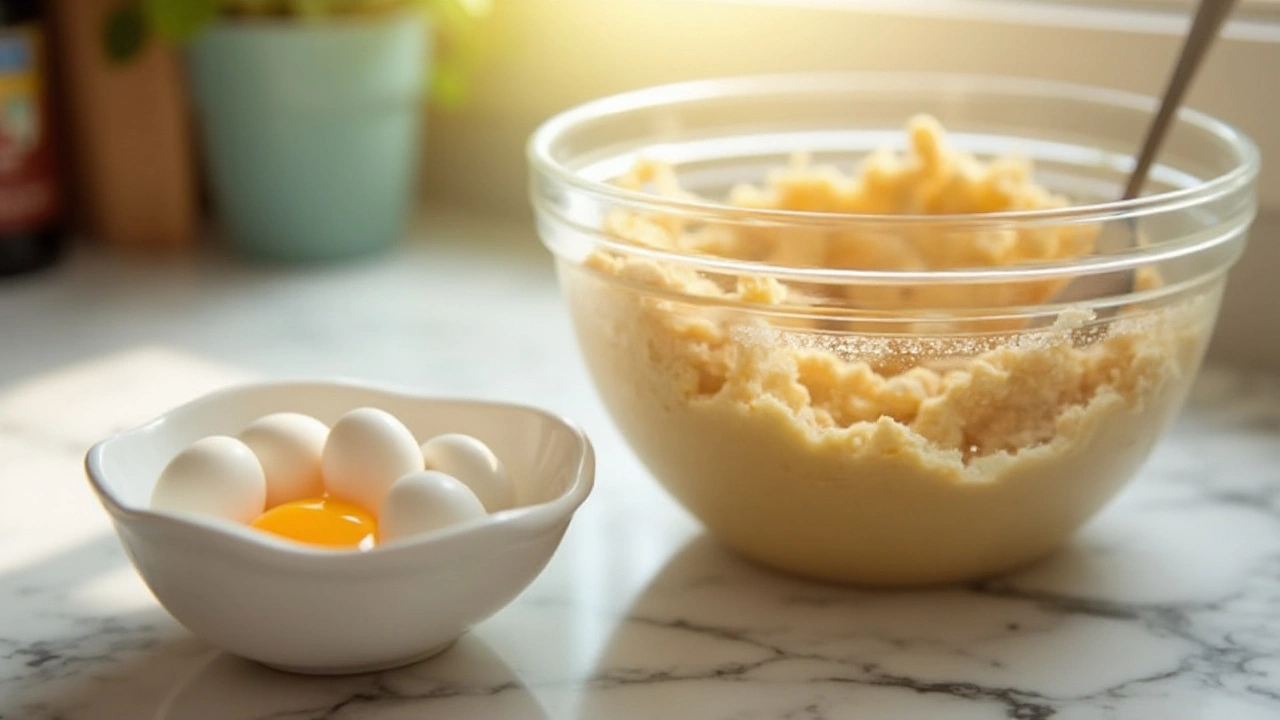
Baking Cookies with Whole Eggs: Secrets and Surprises
Using whole eggs instead of just egg yolks in cookies can significantly alter their texture, flavor, and appearance. Whole eggs bring moisture and air, leading to a more cakey and fluffy cookie compared to the typical dense and chewy version. This shift is not necessarily detrimental but depends on the desired outcome. Experimenting with whole eggs can result in delicious surprises in your cookie baking adventures.
View More
